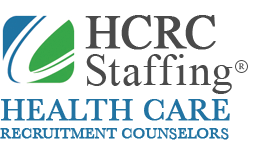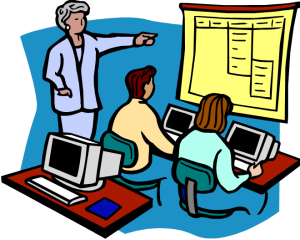Blogs
Teaching Tech: Enhancing Your Practice’s Revenue
Read any classic science fiction novel, and you’re almost sure to run into some form of the “man vs. technology” conflict. In their pages, robots fight our wars, collect our trash, and serve our food. Computer programs and algorithms figure out what human beings need and want, making traditional market research obsolete.
In modern medicine, physicians and other health professionals find themselves simultaneously at odds with, and heavily reliant upon, new technologies. Luckily, we humans are still a long way off from being replaced by AI, especially in the medical field. In fact, the relationship between medical professionals and technology is not, and should never be regarded as adversarial. The financial success of every independent practice in this country rests upon the shoulders of both people and technological implementation. In this post we will discuss how the “man + tech” model is the key to running a smooth, successful, and lucrative practice.
Money-centered tech-tools
We’ve discussed proper EHR implementation, computer software and hardware, and a few others at length on this blog. While these tools ensure better communication and order, the ones we focus on today are related to something else: the bottom line. Enhancing your revenue cycle means boosting revenue, which also means you and your staff will be paid what they deserve, and paid on-time.
So, what are they? Let’s start with what most medical visits end with: insurance. There now exists real-time verification software to authenticate a patient’s insurance information. This software is seamlessly interfaced with your practice’s EHR. Yes, there will likely be a cost associated with linking the two, but imagine the hours you can save from not having to manually enter and reference your patient’s insurance info.
Speaking of insurance: a certain nationally prominent insurance company offers a certain tool which allows customers to name their own…what’s the word? They have even written a song about it for their spokeswoman to sing during TV ads. At any rate, medical practices can hop on this wagon, in a sense. There are now cost estimators which, like the insurance verification tool, can be linked to your EHR. This cost estimator seeks out the lowest cost for many kinds of procedures, and then generates a clear estimate that factors in a specific patient’s copay and deductible. In the new healthcare marketplace, your patients will undoubtedly thank you for this. Whether or not you write a jingle about the service for them is up to you.
Let’s move on from insurance and pricing and into patient records. It is now possible for your patients to securely access their medical and treatment records by entering a portal. No, this is not more science fiction; we are talking about “patient portals.” This software also makes it easier for your practice to update its patient profiles, send patients reminders, and collect payments. Patient portals provide a medium through which caregivers can communicate directly and clearly outside of the practice, and ensure that information contained therein is 100% accurate.
Making techies of your staff
Once upon a time, workers were not inclined to share knowledge and skillsets with other co-workers. What they alone knew could help them edge out competitors for the promotion they’d been eyeing for a while. Times, however, have changed. More than many professional environments, a medical practice is team-based. As such, many professionals, administrative and clinical alike, must be cross-trained on a variety of skills. So, the first point is pretty clear: to understand a practice’s revenue cycle, and to properly contribute to it, everyone must be trained on those all-important tech tools.
How do you make sure everyone on your staff, the technologically proficient and deficient alike, learn what they need to? There are multiple paths. First, an ongoing formal program must be implemented to make sure that tech-tools are used regularly, and properly across the practice. Group trainings are necessary to this end, especially in the very beginning. These trainings offer opportunities for you to outline your revenue goals for your staff, and also hands-on chances to illustrate how using tech-tools will help achieve them.
As indicated above, there will be those at your practice who really run with the technology you’re trying to make use of. These individuals should be identified, and designated as your “point men.” They will be the ones who ensure that others are taking care to use these programs, and use them right. They should also be offering tips and solutions to any difficulties their coworkers may be experiencing. This kind of one-on-one attention is the best way to ensure that every employee knows how to use the tools most relevant to their specific jobs.
Brian Torchin
| HCRC Staffing | Brian@hcrcstaffing.com | www.hcrcstaffing.com
– See more at: http://3.228.224.47/blog/#sthash.regjTzUx.dpuf

